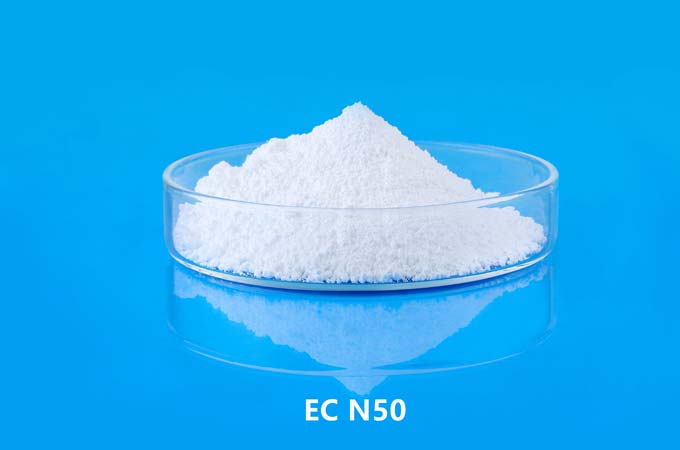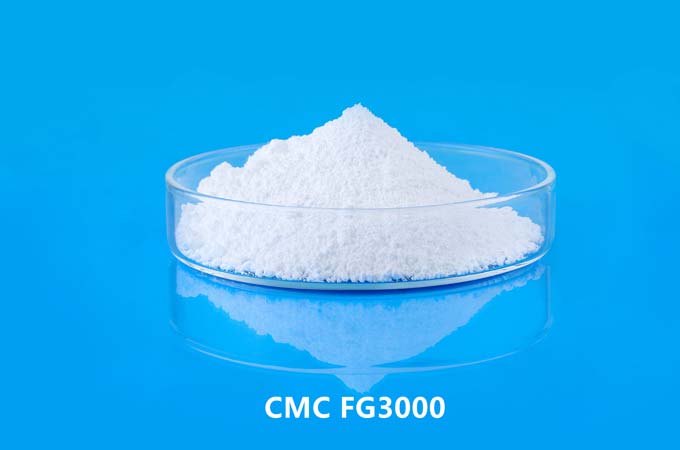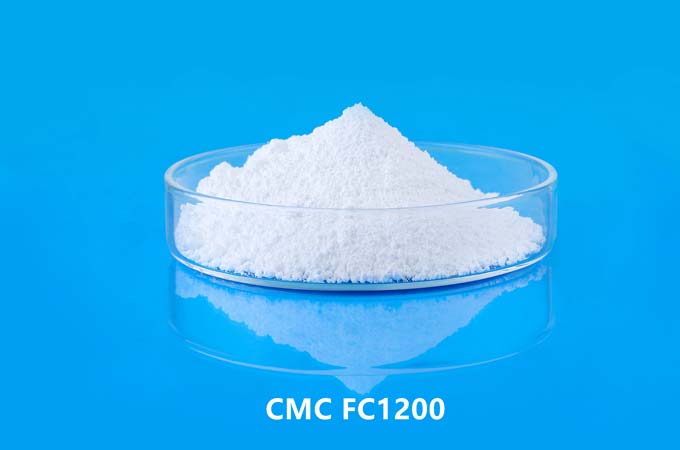Adding hydroxyethylcellulose (HEC) to lotions and gels is a common practice in the cosmetic industry due to its thickening, stabilizing, and emulsifying properties. This process involves several steps and requires attention to detail to ensure a smooth, homogenous product.
1.Understanding Hydroxyethylcellulose (HEC)
Hydroxyethylcellulose is a non-ionic, water-soluble polymer derived from cellulose. It is widely used in personal care products because it:
Enhances the viscosity and texture of formulations.
Provides a stable and clear gel matrix.
Acts as an emulsifier, stabilizing oil-in-water emulsions.
Improves the spreadability of lotions and creams.
2. Preparation and Equipment
Materials Needed:
Hydroxyethylcellulose powder
Deionized or distilled water
Aqueous phase ingredients (e.g., glycerin, extracts)
Oil phase ingredients (e.g., oils, emulsifiers, active ingredients)
Preservatives
pH adjusters (e.g., citric acid, sodium hydroxide)
Equipment Needed:
Digital scale
Mixing vessel (preferably stainless steel or glass)
High-shear mixer or homogenizer
pH meter or pH strips
Heating source (if necessary)
Safety gear (gloves, goggles)
3. Hydrating Hydroxyethylcellulose
Hydroxyethylcellulose must be properly hydrated to achieve its thickening properties. Follow these steps for optimal hydration:
Disperse HEC in Water:
Weigh the required amount of hydroxyethylcellulose. A typical concentration ranges from 0.5% to 2% of the total formulation, depending on the desired viscosity.
Slowly sprinkle the HEC powder into the water while stirring continuously to avoid clumping. Using cold or room-temperature water can help reduce the formation of lumps.
Stirring and Mixing:
Use a high-shear mixer or homogenizer to ensure the HEC is evenly dispersed throughout the water. Mix at low speed initially to prevent air incorporation, then increase speed to fully disperse the powder.
Continue mixing until the solution is clear or uniformly opaque, indicating that the HEC is fully hydrated. This process may take 15-30 minutes, depending on the concentration and temperature.
Optional Heating:
For faster hydration, the solution can be gently heated to 40-50°C. However, avoid excessive heat, as it may degrade the polymer and affect its performance.
4. Incorporating HEC into Lotions and Gels
For Aqueous Gels:
Once the HEC solution is fully hydrated, other water-soluble ingredients (e.g., glycerin, botanical extracts, preservatives) can be added.
Adjust the pH if necessary, as HEC performs optimally at a pH range of 3.5 to 9.5. Use pH adjusters gradually while stirring to reach the desired pH.
For Emulsions (Lotions and Creams):
Prepare the oil phase separately by combining oils, emulsifiers, and oil-soluble actives. Heat the oil phase to the appropriate temperature (usually 70-80°C) to ensure all ingredients are melted and uniformly mixed.
Similarly, heat the aqueous phase containing the hydrated HEC to the same temperature.
Slowly add the oil phase to the aqueous phase while continuously mixing. A high-shear mixer or homogenizer is recommended to create a stable emulsion.
Continue mixing until the emulsion cools down to room temperature, ensuring a smooth and homogenous product.
5. Final Adjustments and Quality Control
Viscosity Check:
Measure the viscosity of the final product using a viscometer. If the viscosity is lower than desired, additional HEC can be hydrated separately and added incrementally to the formulation.
Ensure thorough mixing after each addition to maintain uniform consistency.
pH Adjustment:
Verify the pH of the final product and adjust if necessary. Proper pH is crucial for product stability and efficacy, especially if the formulation contains active ingredients sensitive to pH changes.
Stability Testing:
Conduct stability tests on the final product, including freeze-thaw cycles, centrifugation, and prolonged storage at different temperatures. This helps ensure that the product remains stable over time and under various conditions.
6. Troubleshooting Common Issues
Clumping:
If clumping occurs, ensure HEC is added slowly with adequate stirring. Using a premix of HEC with a small amount of glycerin or another solvent before adding to water can help.
Air Bubbles:
Mixing at too high a speed initially can incorporate air, leading to bubbles. Start with a low speed and gradually increase it.
Inconsistent Viscosity:
Ensure accurate weighing and consistent stirring times. Environmental factors like temperature and humidity can also affect hydration and viscosity.
7. Safety and Handling
Always wear appropriate personal protective equipment (PPE), including gloves and goggles, when handling raw materials and during the mixing process.
Store hydroxyethylcellulose in a cool, dry place, away from direct sunlight and moisture to prevent degradation and clumping.
Incorporating hydroxyethylcellulose into lotions and gels enhances their texture, stability, and user experience. By following the outlined steps for hydration, mixing, and formulation, you can achieve a high-quality product with desired consistency and performance. Always conduct thorough testing and adjustments to ensure the final product meets safety and efficacy standards.
 English
English 日本語
日本語 français
français Deutsch
Deutsch Español
Español italiano
italiano русский
русский português
português العربية
العربية Türkçe
Türkçe Nederland
Nederland



